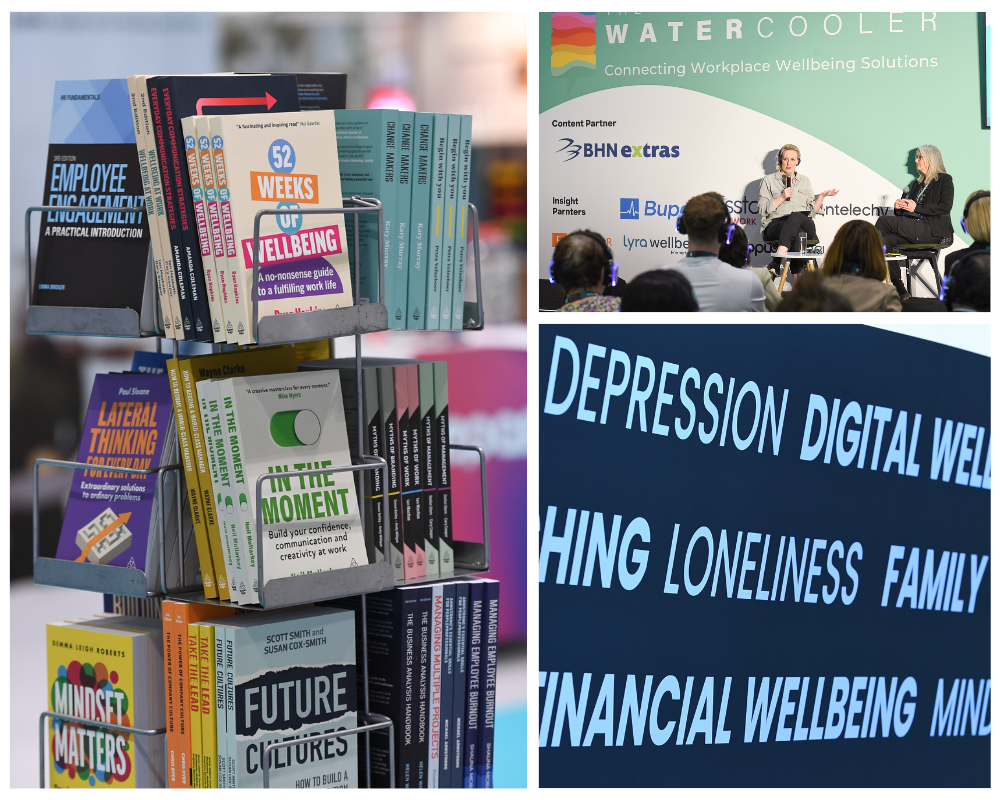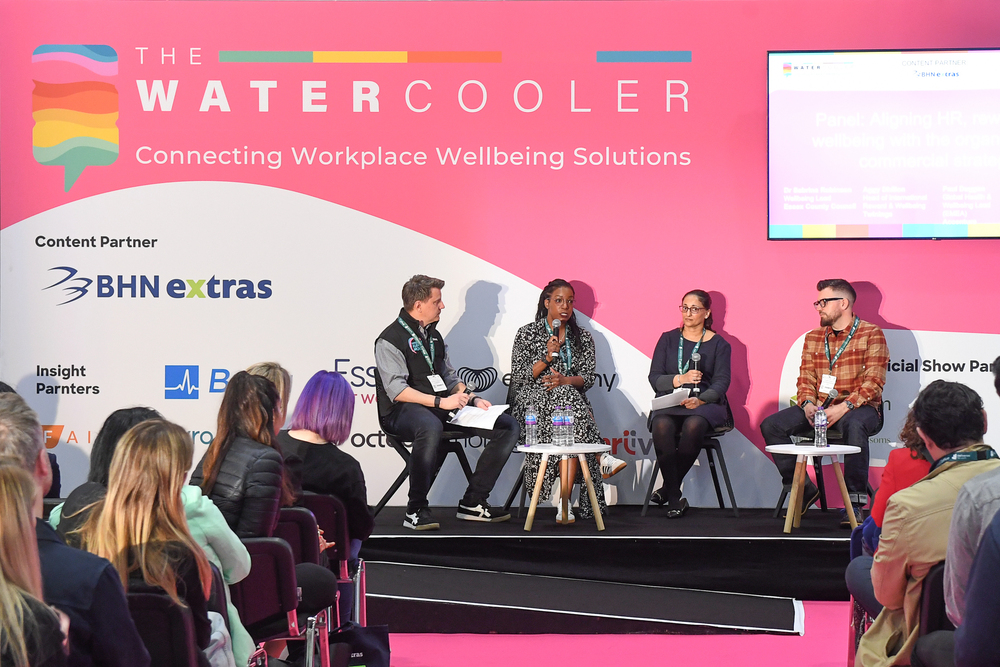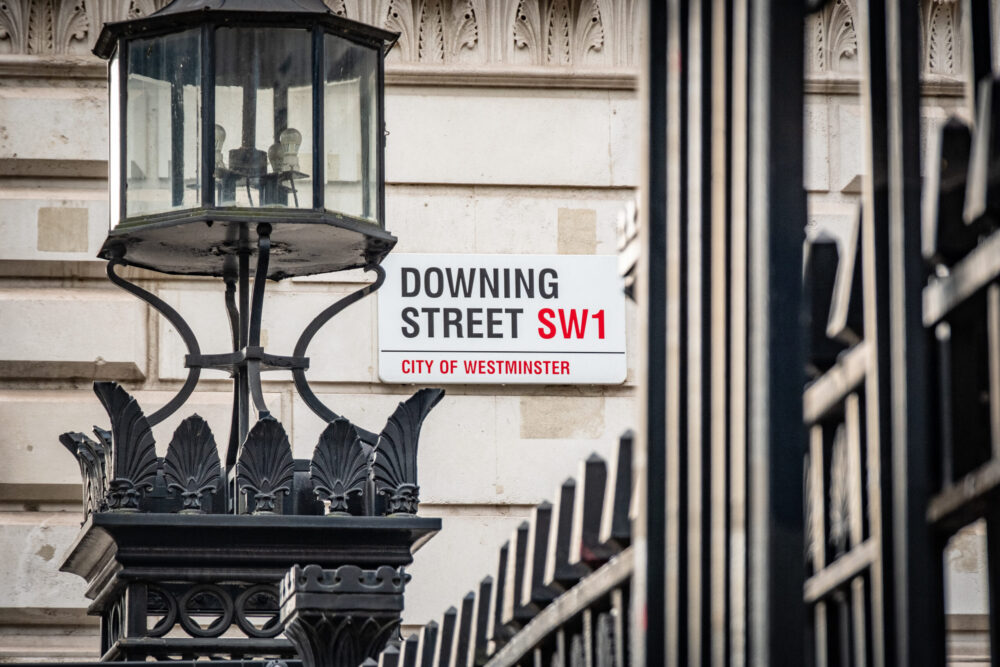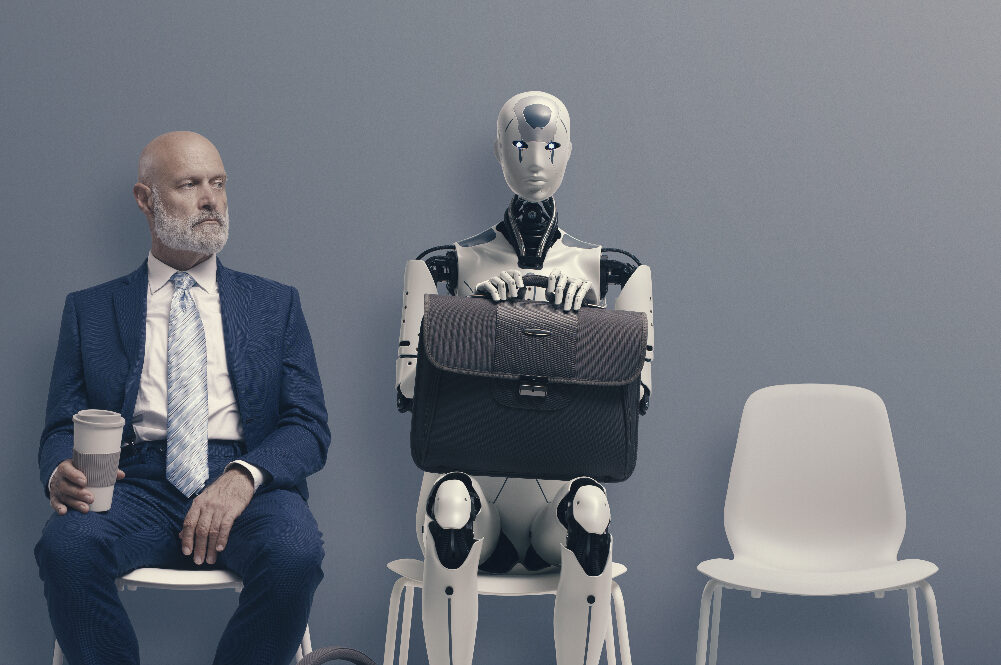Annalisa Langton reports to both the HR Director and the Communications & Operations Director, in her role as Head of Engagement and Diversity at The Guinness Partnership.
This structure is one reason why the social housing specialist, which was founded in 1890, has so successfully embedded DEI across its entire organisation, and was highly commended in our Make A Difference award for ‘Best Integration of DEI’.
Good collaboration both between departments and individuals – the theme of this year’s MAD World Summit on 12th October – is at the core of its success.
We spoke to Langton to find out more.
You report to both your HR Director and the Communications & Operations Director. To what extent do you think structure can help cross-department integration of DEI and collaboration?
It definitely does help; you get more than one point of view, and you get exposure to, and input from, different areas within the business.
And related to structure, another thing that helps is that our Director of Health and Safety is also in the DEI steering group, which looks after the DEI strategy ‘everyone’. So, again, there’s crossover of departments.
Collaboration is important because if the relevant people from different departments are present and everyone is looking for efficiencies then you’re all going to look for ways to put the agendas together in the best way possible.
Not necessarily within Guinness per se, but I think historically sometimes HR can be seen as being in an ivory tower removed from reality, so having dual reporting structures can help with perception across the wider business.
I don’t personally agree with this view, but Operations tends to have more credibility in the business world than HR. Personally, I think HR rocks!
What are the advantages of being aligned with HR?
By being part of the HR function, you get access to things like absence data, performance management data, and other metrics, which you can use in putting together your strategy.
For instance, if I know that 52% of our absence last year was mental health related, I know I need more money for mental health first aiders.
What helps you collaborate well with HR?
Because my background is in HR, I understand the language I need to use to speak to my HR colleagues and I know how to present information to them, and then how to reposition it for the rest of the business.
What else helps collaboration and embedding wellbeing and DEI across the organisation?
Having the communications team involved in both agendas, because they’re the people responsible for delivering the messages. Obviously, it helps that I report to the Communications and Operations Director.
What advice do you have for people reading this wanting to collaborate better with other departments?
Think about the question: what’s in it for them? I know it’s a cliché, but it’s so true. What’s in it for the Director of Health and Safety to be up to date with DEI? How does it affect her? What benefits will she get? What benefits will the Director of Strategy get? You have to answer that ‘what’s in for me?’ question. It could be, for example, reduced absences or better performance.
What have you learnt about getting your message effectively out to the rest of the business?
Data is really important. Survey completion rates are really important; ours sit at about 90-92%. Having systems to manipulate the data is also very useful. We’re always pushing data completion around DEI. We then pull that data together and try and apply intersectional analysis on it.
For example, we ask ourselves: is there any trend pattern between mental health absence and any one group of colleagues from the DEI perspective? That then gives you the opportunity to target interventions more accurately.
Can you give me an example of how using data has really helped the business get behind what you’re doing?
The data showed us that a lot of our mental health absence was linked to consultations and restructures, which I’m sure surprises no one!
But having the data to prove it meant it was obvious that we then needed to review our processes and ensure that we were doing things like promoting the EAP and the mental health first aid support available.
You can use data to get buy-in by saying ‘Here are what the numbers are saying, if we do X this might impact Y’. Then you can review the results and show that, for example, absence was lower as a result.
Have you found patterns around certain DEI employee groups?
Yes. For example, in 2020, we found through our annual survey that Asian colleagues in one particular location were more likely to have experienced harassment and bullying. We addressed this by putting celebrations around Asian culture in the calendar and we did awareness-raising around differences, encouraging employees to share their stories. When we reviewed the results in the following year’s survey, the situation had improved and there were no reports of bullying or harassment.
We have two calendars; one for wellbeing, and one for DEI, events. Then we look at where we can cross over and take an intersectional approach. We had a talk about diabetes, for example, during Black History Month, because black people are four times more likely to be diagnosed with Type Two Diabetes.
Your objective is for Guinness to be an anti-racist organisation. How are you doing this?
By getting the message out that our people must remember that we are an anti-racist organisation and must abide by that ethos. So, when you’re within our confines, then we expect certain behaviours.
We have race fluency training, which half of the organisation have completed so far, and this covers what racism is, topics like institutional racism, interpersonal racism, microaggressions and how to interrupt microaggressions.
As long as those anti-racist behaviours are followed, people are free to speak and express their opinions, and others are free to challenge when they feel something is inappropriate or they don’t agree. For this healthy dialogue to work you must have trust and safety within the organisation.
If someone makes a mistake, or says something inappropriate, and they get pulled up on it, they must be able to apologise and then everyone must move on.
If people don’t feel safe, you’re not going to hear the truth. And if you don’t hear the truth, then whatever I try to do in my job is not going to have an impact.
This is not just our attitude to race – it’s with all microaggressions.
Introducing this anti-racism training, has actually led to an increase in the appointment of employees from ethnic minority backgrounds, hasn’t it?
What we’ve found is that through working hard to tell different stories, from many different voices, is that more people are coming forward with their ideas, or blogging, or telling their personal stories. There’s more openness, which is really powerful.
And yes, we’ve also seen an increase in the appointment of ethnic minorities, neurodiverse colleagues and employees talking about their mental health conditions. Not just that, we’ve seen a drop in harassment, bullying and grievance complaints related to protected characteristics.
How have you embedded DEI into the organisation through learning and development?
DEI is integrated this into all our management development training programmes. Take the subject of microaggressions, for example. All our programmes include reminders and examples around microaggressions, as well as allyship, which is another big focus.
We explain, for instance, that a director would be expected to interrupt a microaggression differently to someone in a lower grade. Things like that have to be articulated and we give them tools to help.
To me it always comes back to that buzz term currently of ‘psychological safety’ and creating that trust. For instance, a black woman might get upset about comments about her hair, and we want people to be able to ask ‘why is she getting so upset?’. We want to be able to start that conversation and be able to get them to think about ‘If someone came to touch your hair, how do you think you’d feel?’, etc.
You mentioned the role of leaders there in changing culture. Tell me about the role of leadership in progressing the DEI agenda.
Leading from the front is so important to the buy-in from the rest of the workforce because a lot of our work behaviours are influenced by our leaders.
If your leaders are behaving in a certain way that impacts how the rest of the organisation behaves.
Our executive team is very much committed to wellbeing and consideration of difference. These things are also part of our culture and business as a not-for-profit social housing company. A lot of our customers are neurodiverse, ethnic minorities and disabled, which also heightens understanding and empathy for difference throughout the organisation.
______________________________________________________________________________________________________
Annalisa will be joining us as a speaker at the DE&I Symposium, co-located with our sister event, the MAD World Summit on 12th October, along with an an impressive roster of DE&I leaders from Aecom, Bank of England, Balfour Beatty, GXO, HS2, Lloyds of London, NASA, Sandoz, Sumitomo Mitsui Banking Corporation, Timewise, Thriiver, Warner Bros and many more.
If you haven’t booked your tickets yet, don’t miss out. October may seem like a long way off but, as the super-early-bird rate of £95.00 + VAT for the MAD World Summit & co-located DE&I Symposium expires on 31st July, it makes sense to reserve your places as soon as possible. You can find full details and book here.

















